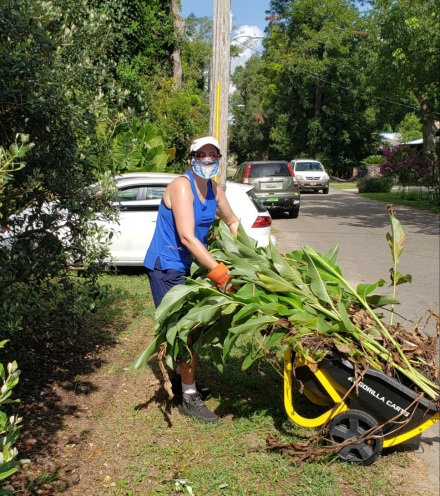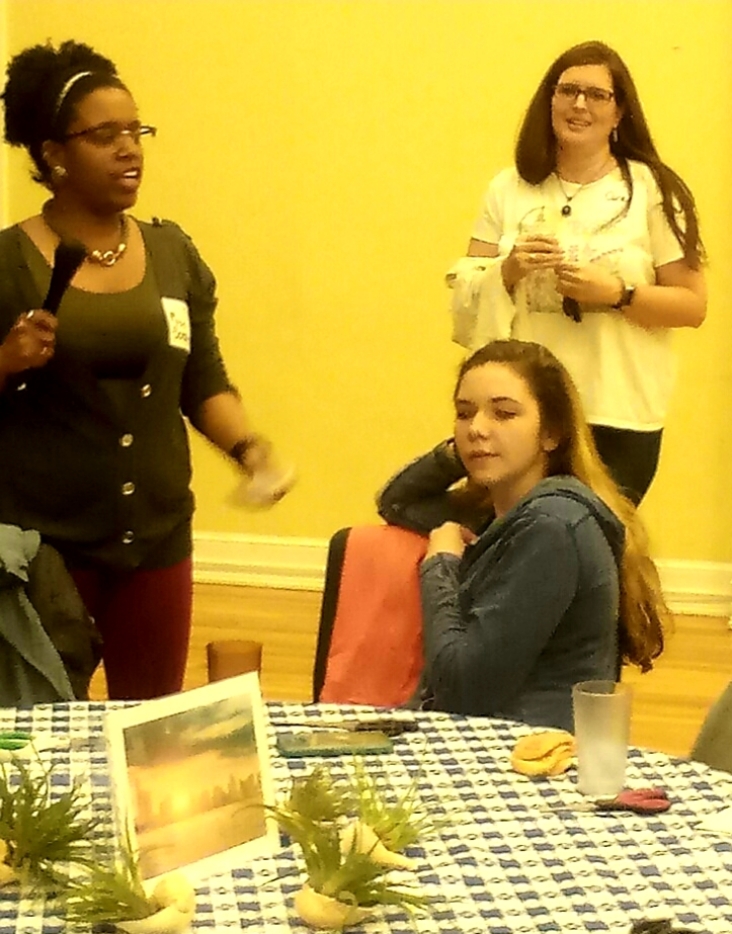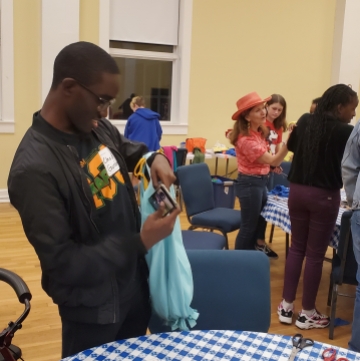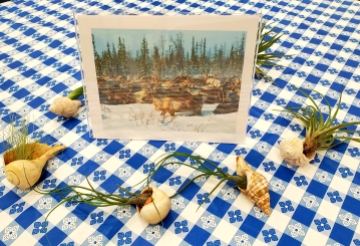I am still catching my breath from the whirlwind of Earth Month activities in April, and I’m glad I blocked out time on my calendar to enjoy the nature that I work to protect. Saturday mornings are set aside for my teenager Kevin and me to have some quality time outdoors and we had a special trip planned.
Our family friend, my “second mom” and well-known local naturalist Rosalyn Kilcollins invited us on a day trip to the spot that turned her on to biology many years ago in the Apalachicola National Forest. Back in college at FSU, Roz and my mom were inspired by a naturalist class taught by Bruce Means, and they kept us kids entertained with outdoor adventures ever since. We had snorkeling trips to St. Joe’s bay to see baby seahorses, explored St. Mark’s Refuge and had a heart-pounding encounter with an alligator, and spent weekends on St. George Island picking up sand dollars with our toes and forming a deep bond with the gulf.
I’d heard Roz talk about the carnivorous pitcher plants that grew in grassy savannas southwest of Tallahassee but somehow had never seen them for myself. Her offer to show us the flesh-eating plants in full bloom grabbed my son’s attention, so we invited his friend and our family to join us on a day trip to experience this unique ecosystem.
On the morning of our outing, Tallahassee was under a storm advisory and the sky was dark. Despite the chance that we might get rained out, we piled into our cars and followed Roz’s directions to the meeting place. Heading west on I-10 toward Quincy, we drove through light rain as we turned down back roads and met up with Roz and her husband Danny at an old-timey grocery store near Hosford. With perfect timing, the rain stopped as we followed them to our destination: North Florida’s grassy savanna.
We followed Roz onto the shoulder and parked, and then the teen boys and I stepped out to get a better look. We saw an open area with brown grass dotted with lime green pitcher plants standing at attention that stretched as far as we could see. They gathered in clusters, forming bright swaths of spring color, and were appropriately called trumpet-leaf pitcher plants because their tops were open like the end of a trumpet. In the distance, tall pine trees lined the horizon as dark gray and purple storm clouds loomed in stark contrast with the vivid plants before us.
Roz led our group into the bog that squished as we stepped. A gentle breeze swirled around us and sent the tall grass and white bog button flowers swaying. We investigated the pitcher plants with their otherworldly shapes, bright colors, and smooth plastic-like texture that was like nothing we’d seen before.
These knee-high green living tubes with crimson necks and whimsical heads fascinated us, and their thick green flowers reminded me of modern art with a ball in the middle of a solid star of petals. Roz explained that these plants have adapted to the nutrient-poor soil of the bog by attracting and absorbing insects with their bright colors, sweet scents, reverse-direction hairs, and sticky sides. There were so many varieties and colors: small, pink, beaked plants (parrot pitcher plant), one resembled a green cobra (hooded pitcher plant), a ground-hugging type that looked like a sea anemone with tiny tentacles tipped in dew (spoonleaf sundew), and yet another one that reminded me of sticky white pipe cleaners (threadleaf sundew).
Roz opened up a dried pitcher plant and showed us the bug remnants that gathered in the bottom after the soft parts were digested by the plant. We leaned in to see the bug heads she held out in her palm until the wind blew them away.
Kevin and his friend were exploring in another direction until they stopped in their tracks. “Um, guys, there’s a big snake over here!” he said. Everyone froze and started asking him what color it was, and what did the head look like? Danny got a good look, confirming it was a cottonmouth water moccasin that was quickly moving in the opposite direction. Yikes. We paid closer attention to where we stepped after that.
As we continued to find our balance walking around cypress knees and dodging pitcher plants, we came upon a pink native orchid (rose pogonia) that looked so delicate growing among the grass. We passed mud castles called crawfish chimneys that were formed when crawfish made their burrows in the mud. Roz explained that these were a classic indicator of a wetland.
The wind was picking up and the radar said the storm was getting close, but Roz said there was one more stop, so we quickly got back in our cars and drove a few minutes away. As we stood along the secluded dirt road at the second stop, she told us that non-native Venus flytrap plants were planted here by an individual because this area was like their natural habitat in the coastal Carolinas. It is illegal to remove or add plants in a national forest, but foresters determined these weren’t doing harm and it would be disruptive to the native plants to remove them.
We found the small green and red plants with their “mouths” wide open, hunting with soft fringes around their “lips” just waiting for a bug to land. We expected them to snap shut but when tickled with a blade of grass they didn’t move. Roz said they could only close a few times so we left them alone. A later Google search told me that their hairs must be stimulated twice to snap shut, and five times for their digestive juices to be released. Who knew plants could count?
We saw more pitcher plants and wanted to investigate them, but the radar was now threatening tornado warnings, so we knew our time had run out. I took one last look across the savanna and tried to memorize the scene, feeling hopeful that at least in the Florida panhandle, we are protecting these unique places.
If you’d like to learn more about North Florida’s carnivorous plants and participate in nature outings, you can connect with the Magnolia Chapter of the Florida Native Plant Society at http://www.magnolia.fnpschapters.org and the Big Bend Florida Chapter of the Sierra Club at http://www.sierraclub.org/florida/big-bend.
#EarthDay2021








































































